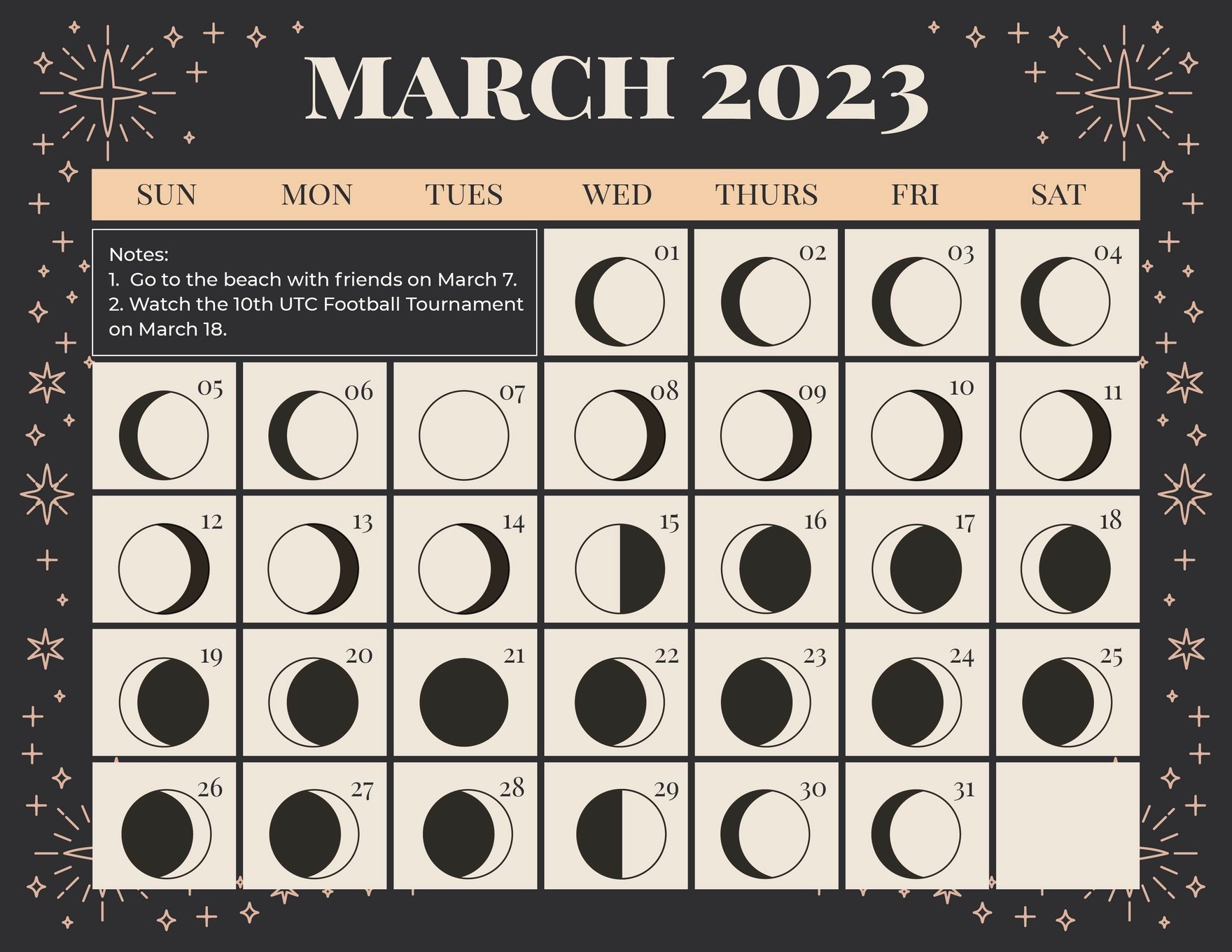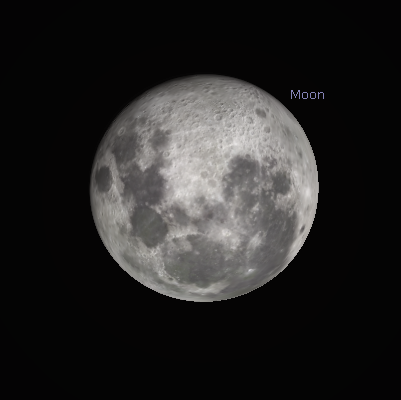


#Full moom march full#

If you take the rule given above at face value, things don’t always work out quite right. The biggest cause of confusion regarding Easter is the tangled web of dates that are used to determine the holiday. However, thanks to the motions of our planet and the Moon, as well as the inelasticity of calendars, calculating Easter’s date can get more complicated sometimes! Read on to learn more… “Easter is observed on the Sunday following the first full Moon that occurs on or after the March equinox.” Occasionally, the Church’s dates will not coincide with the astronomical dates, in which case this basic rule would not apply.įor example, if the equinox were to occur on March 21 and the full Moon were to occur two days later, on March 23, Easter would be observed on the first Sunday after March 23.

Here’s a basic rule-of-thumb for finding the date: The date of Easter is tied to the relationship between the Paschal full Moon, whose dates are based on calculations made long ago, and the Church’s fixed date of the March equinox (also called the spring or vernal equinox in the Northern Hemisphere), which is March 21. Thanks to this, determining when Easter will be can get more than a bit confusing because of the occasional differences between these ecclesiastical dates and the astronomical dates. → See our Easter holiday page to learn more about Easter’s date, Easter traditions, recipes, and more. How Does Easter Relate to the Full Moon?Įaster is what’s known as a “movable feast”-in other words, a religious holiday that may fall on a different calendar date from year to year. However, that’s not the full story because Easter isn’t based on the actual Moon or equinox date! We’ll explain the curious connection between the Moon and Easter. Easter occurs on the first Sunday after the “paschal full Moon.” In simple terms, this is the first full Moon immediately following the vernal (spring) equinox.


 0 kommentar(er)
0 kommentar(er)
